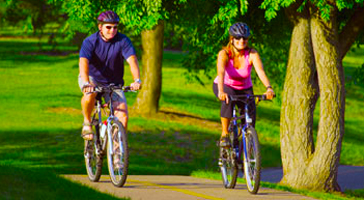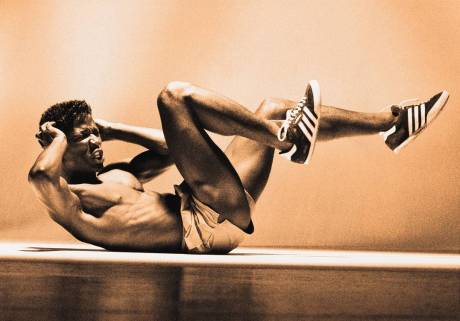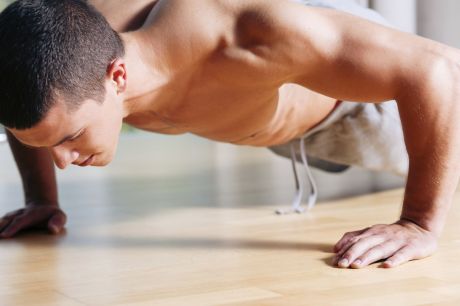How Exercise Changes Your Brain To Be Better At Basically Everything
Recent studies have revealed more complex and nuanced ways in which exercise activates and affects the brain.
By Jane Porter
The brain is fundamentally a lazy piece of meat, according to neuroscientist Gregory Berns. But take the body attached to it on a brisk walk or jog and suddenly your meat-brain is lighting up like a Lite-Brite.”The more streamlined and compact your white matter is, the faster and more efficiently your brain functions,” Christopher Bergland writes in Psychology Today. “The real enemy is sedentarism. … Just a little bit of movement every day helps preserve the integrity of your brain’s white matter.”
What exactly is going on in there?
“When we exercise, blood pressure and blood flow increase everywhere in the body, including the brain,” Justin Rhodes, associate professor of psychology at the University of Illinois at Urbana-Champaign writes in Scientific American. “More blood means more energy and oxygen, which makes our brain perform better.”
Research has long shown that the hippocampus, a squishy seahorse-shaped region found on both sides of the brain that’s essential for learning and forming memories, becomes highly activated during exercise. But recent studies have revealed new, more complex and nuanced ways in which exercise activates and affects the brain.
Beefing up your brain’s information highway
Gray matter, the meaty, wrinkly stuff we often think of when we conjure images of the brain, is really only half the story when it comes to understanding what’s going on up there. Recent research from the University of Illinois at Urbana-Champaign examining both children and older adults shows that the brain’s white matter–the network of nerve fibers that connect and transmit brain signals from one part of the brain to another–becomes more fibrous and compact with physical exercise.
“The more streamlined and compact your white matter is, the faster and more efficiently your brain functions,” Christopher Bergland writes in Psychology Today. “The real enemy is sedentarism. … Just a little bit of movement every day helps preserve the integrity of your brain’s white matter.”
Connecting your head and your heart–literally
We know exercise is good for cardiovascular health, but new research has also shown that a healthy heart has effects on your brain functioning as well–and exercise plays an important role in that connection. The aorta, the main artery in the body that distributes oxygenated blood to our entire system, including the brain, is where the body’s arteries begin to stiffen as we get older, according to researcher Claudine Gauthier.
A recent study done by Gauthier and a team of researchers at the University of Montreal, found that older adults who exercised more and whose aortas were in better condition performed better on cognitive tests. “The preservation of vessel elasticity may be one of the mechanisms that enables exercise to slow cognitive aging,” according to Gauthier. The lesson here: A healthy heart makes a healthy mind.
The connection between muscle activity and brain health
During exercise, our muscles produce a protein called PGC-1alpha. Recent research has shown this protein helps break down kynurenine, a substance in the bloodstream that accumulates as a result of stress, according to the New York Times‘s Gretchen Reynolds.
Given that exercise boosts the body’s production of PGC-1alpha, which breaks down depression-causing kynurenine, researchers concluded that “you reduce the risk of getting depression when you exercise,” as Maria Lindskog, one of the neuroscientists involved in the study, put it.
It only takes 20 minutes
We were born to move, yet sitting sedentary for hours at a time is an unfortunate by-product of our screen-obsessed culture. A big question when it comes to exercise is how long and often one needs to do it in order to reap the benefits. According to Reynolds, who’s written a whole book on the topic, it only takes 20 minutes, particularly if you haven’t been all that active to begin with. “The first 20 minutes of moving around, if someone has been really sedentary, provide most of the health benefits,” according to Reynolds. “You get prolonged life, reduced disease risk–all of those things come in in the first 20 minutes of being active.”
It’s not about using exercise as a way to lose weight–it’s about becoming more fit and maintaining a health heart and mind. “If someone starts an exercise program and improves his fitness, even if he doesn’t lose an ounce, he will generally have a longer life and a much healthier life,” says Reynolds.
Click here to read the original article from Fast Company Magazine.



